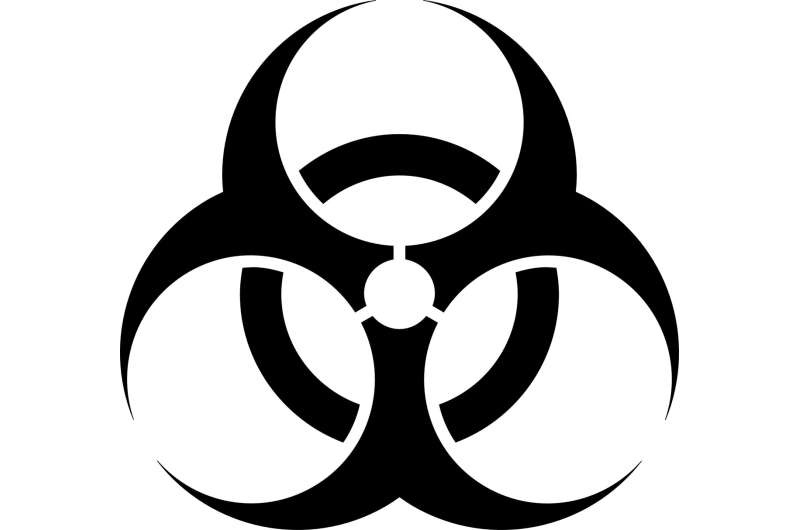As a stark reminder of the deathly effects gases emitted in building fires can have; as happened with the tragic Grenfell Tower Fire, in 2017. This essay considers the building loophole that enabled attaching flammable materials, causing the tragic loss of life, and why we have a desperate necessity for controlling smoke toxicity in constructing materials.

The Deadly Toxins of Grenfell
The deadly Grenfell Tower fire that killed 72 people was caused by flammable insulation and cladding materials designed to beautify Britain’s unsightly brutalist tower blocks, according to a report of the government-sponsored inquiry into the events.
Some plastics, including the polyisocyanurate (PIR) foam used in Grenfell Tower when it burned, produce deadly vapours such as hydrogen cyanide and carbon monoxide. These gases can cause immediate loss of consciousness, trapping victims and rendering them unable to escape. They turn into a thick, black smoke – the smoke is actually what kills you more than you would think – that fills your home with invisible flames and odourless gases such as dangerous hydrogen cyanide and lethal carbon monoxide, respectively.
The report underscores a simple and brutal fact: that the residents of Grenfell Tower, who like anyone living in an average two-story house should have been as safe as houses were instead preyed upon by a construction regulation loophole using toxic approved materials! While tragic, this has brought attention to the need for action on smoke toxicity in building materials, to prevent disasters like this from taking place again in the future.
The Regulation Gap and the Path Forward
The tragedy at Grenfell Tower showed the grave flaws in building material regulation. Before the Grenfell fire, architects and specifiers had to choose between non-combustible insulation or two different types of combustible insulation — one vastly more toxic than the other being PIR foam But no one had to rank how toxic the smoke produced by these things, making it a mystifying blind-spot for policymakers.
The Grenfell fire has left tenants living in fear, and since then some measures have been taken to correct this. The application of combustible materials on the external walls of tall, residential buildings was prohibited earlier this year in 2019. In other developments, the government has unveiled a £600,000 four-year research project to look at the potential for regulating smoke toxicity as another performance criterion for construction products. I serve on the steering committee of this research and greatly anticipate it, as it offers the potential to impart to regulators and other interested parties the kind of hard data and guidance needed to establish regulatory thresholds for smoke toxicity from building materials.
But the problem is that hundreds, if not thousands of buildings across the country have dangerous combustible facades which are never to be allowed again. This is the ardent view taken by some inside the Grenfell Tower inquiry following its conclusions, which firmly point to toxic gas inhalation being one of the key contributors to fire fatalities. These results demonstrate the immediate requirement for legislation to determine smoke toxicity and set permissible thresholds to save the lives of people living in high-rise residences.
Conclusion
The horror of the Grenfell Tower tragedy has brilliantly exposed the lethal consequences of the loophole that permitted flammable and poisonous products to be used as insulation or cladding. The Grenfell Tower inquiry findings, which reveal that the victims were ‘overcome by toxic gases,’ sounded further alarm bells over the issue of smoke toxicity in building materials. The Fire Safety Bill should be more powerful than it is currently, in that it only bans combustible materials on the walls of new buildings at least 18 metres tall; this would hardly prevent another tragedy like Grenfell. The upcoming research project also aims to investigate fire spread up towers not just cladding, but action on existing stock has been slow. The research project conclusions cannot come soon enough, as they could supply both the data and suggested regulatory limits required to avert another such disaster.
